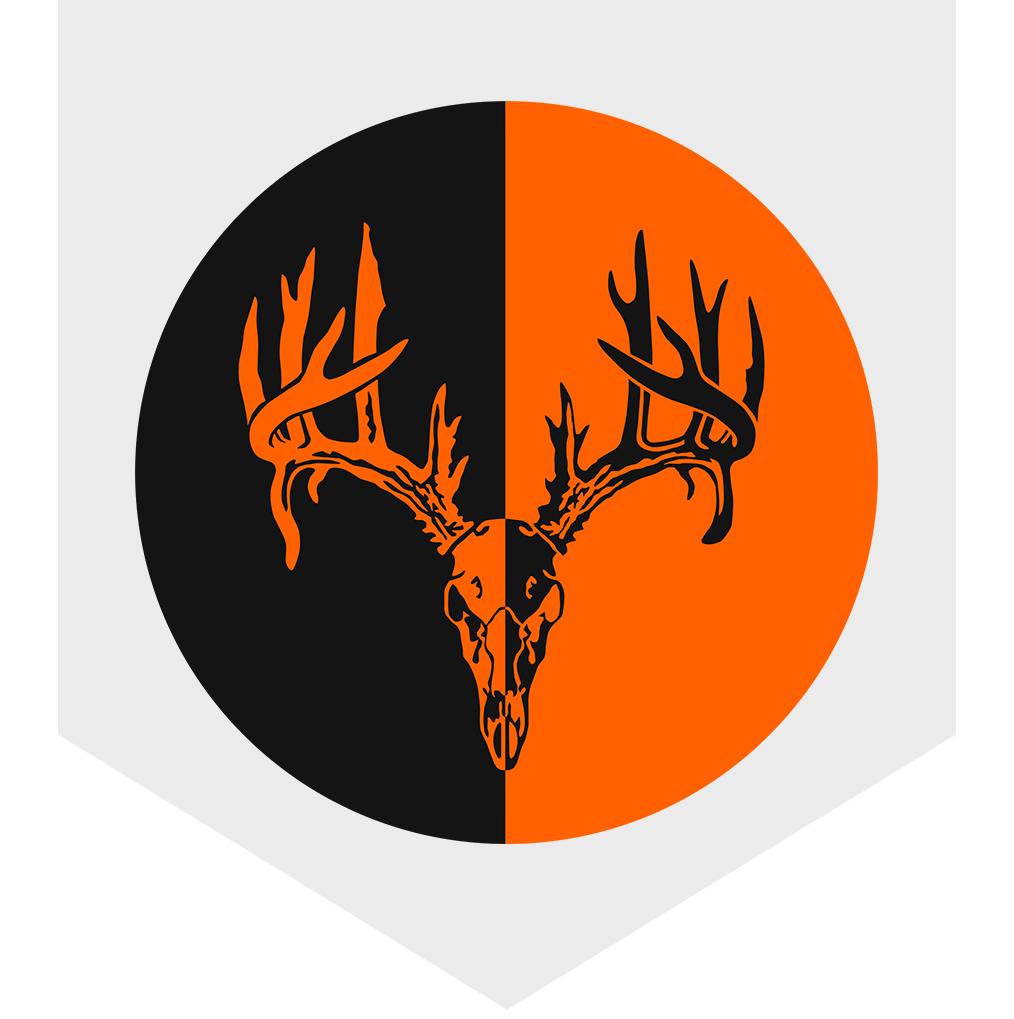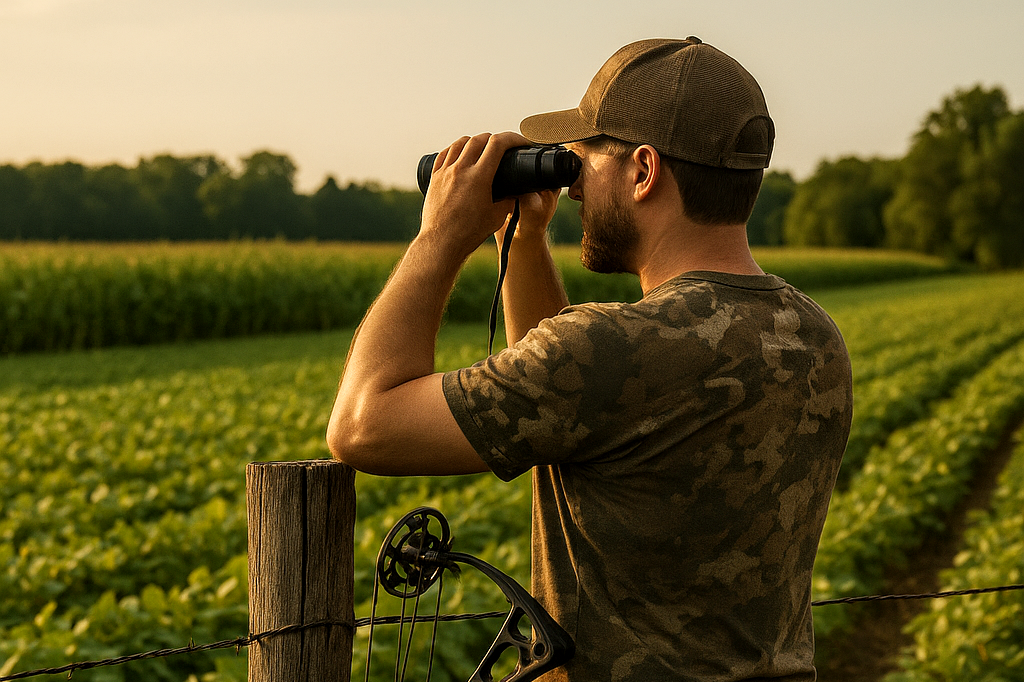Standing on the Edge of the Season
Written by: Ryan Reading, Fall Obsession Pro Staff
Late August is when the real preparation happens. Bucks are still in their summer patterns, food plots are filling in, and gear should be about ready to go. It’s easy to want to check stands, walk trails, and glass every field, but the closer we get to opening day, the more every step, every bit of scent, and every noise matters. This is the time to make the final moves without tipping your hand to the deer or adding unnecessary pressure.
For deer hunters, late August is about locking in the plan. Trail camera intel tells you where the deer are now, but it also shows where they are likely to be when the season starts. If you need to trim shooting lanes, hang stands, or swap setups, do it in the middle of the day when deer are bedded and your scent has time to fade before they come back through. Entry and exit routes should be dialed in now, not guessed at on your first hunt. The goal right now is not to push closer, it is to be completely ready without the deer ever knowing you have been there.
Predator and small game opportunities are also worth paying attention to. Fawns are more mobile now, and coyotes know it. This is a good time to target them, especially along field edges and water sources where movement is predictable. If you are looking ahead to dove season, now is the time to scout fields and roosts, brush blinds, and get permission lined up. Spending a few evenings glassing flight paths will save you from guessing on opening day.
Land and habitat work should be coming to a close. Quick-growing food plots like oats, winter rye, or turnips can still go in if you want fresh attraction for early bow season. Waterholes should be cleaned out and ready, and any big projects such as clearing brush, building blinds, or repairing fences should be finished so the disturbance fades before deer start feeling the pressure. These last weeks are also a good time to make notes for next year’s improvements while everything is still green and easy to see.
Gear should be in working order, and archery practice should be in full swing. By now, your bow should be tuned and sighted in, but that does not mean you slow down. Keep shooting several times a week, mixing in different distances, angles, and realistic shot scenarios you are likely to see this fall. Practice from elevated stands, out of blinds, and in the clothing you will wear on your hunts. That includes scent control, wash early season layers in scent-free detergent, store them in sealed containers, and treat them with a quality scent eliminator like Rytac’s Zero Human before every hunt. The more your practice matches real hunting situations, the more confident you will be when the first deer steps in range. If you are planning to use a rifle later in the year, confirm your zero and make sure optics are solid now, not the night before your hunt. Break in boots if they are new, and double-check that your pack is stocked with everything you will need on your first sit.
This is also the time to get your head in the game. Study aerial and topo maps, compare them to last year’s sign, and match them with the movement you are seeing now on trail cameras. Plan your first sits carefully so you are not burning out your best spots early. If you keep a hunting journal, update it with current observations. If you do not have one, start, over time it will reveal patterns that can give you a serious edge.
Late August does not get the hype of the rut or the buzz of opening day, but it has a big say in how your season goes. Hunters who stay disciplined now, keep pressure low, and make every move count are usually the ones filling tags early. When you finally climb into your stand on that first crisp morning and a buck walks into range, you will know it did not happen by chance. You earned it here, standing on the edge of the season.
If you are interested in the author’s personal recommendations for scent control and other season prep essentials, visit www.RytacHunt.com.



